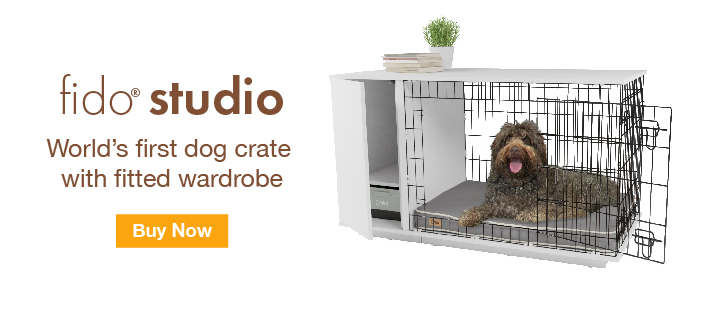Eurasier Dogs








History
Eurasiers originated in Germany in 1960 and are a very new breed. Julius Wipfel crossed Chow Chows, with Wolfspitz and later Samoyed to produce the breed we know today. There are only around 9,000 Eurasiers in the world, but they are becoming a popular breed and much loved pet.
Behaviour
Eurasiers were breed as companion dogs and like to be around people as much as possible. They really dislike being in kennels, even with early training, so are best suitable to a family with someone around for most of the day. They can become depressed and destructive if left for too long. Most are good with children and other dogs/cats in the home is raised with them. They are reserved towards strangers, but rarely aggressive and should not be timid. Getting them used to people visiting the home should be standard will all breeds, but more so with Eurasiers. They are alert and will sound the alarm when someone is at the door; they make good watch dogs as they are always watchful. However, they rarely bark unless something is bothering them.
Their devotion to the family and likelihood for separation anxiety needs to be taken into account with family holidays. They will really suffer if put in kennels and even dislike staying with a someone else, their need to be close to their family is that strong.
Eurasiers are even tempered and calm around people they know and are friendly and affectionate to their family, who they form a strong, close bonds with. Training needs to be kind and gentle with positive reinforcement and games to get the best out of them. They are very sensitive to harsh words and actions and will withdraw if they feel you are being too harsh. Lots of praise, affection and food rewards are the best training methods and the Eurasier will repay you in ability. They do very well with agility and some are used as therapy dogs, which proves their love of human interaction.
The Eurasier needs a long daily walk, preferably in a safe area where they can run free. They like to run, play frisbee and fetch and be outside with their family. Recall is usually good, as they dislike being out of sight from their owners for too long. Friendly with other dogs they meet if socialised from a young age. Walking to heel on a lead can be a problem, so early training is a must. They are playful and energetic and you will struggle to tire them out, so a couple of walks a day with keep them mentally stimulated and physically worn out!
Their coat needs regular grooming to keep it looking tidy, but they are quite clean dogs who rarely need a bath.
They are generally healthy dogs, but with so few there are health issues which can affect the breed. Hip dysplasia, Luxating Pateller and eyelid issues are sometimes seen.
Temperament
Eurasiers have a calm and companionable temperament. These dogs make great companions. They are affectionate, loyal and will form a tight bond with their family. They are alert around the house and will be quick to notify you of any visitors but are sociable dogs (particularly when young) who are friendly to those they meet. It is important that these intelligent dogs receive regular training so that you can assert yourself as ''pack leader'' and so they are mentally stimulated.
Health Problems
Health problems that may affect Eurasiers include canine hip dysplasia (CHD), elbow dysplasia, patella luxation (dislocation of the kneecap), eye disease and thyroid problems.
Breed Details
- Status: Common
- Life Expectancy: 12 - 14 years
- Weight: 18 - 32 kg
- Height: 19 - 24"
- Rare: No
- Coat: Medium
- Grooming Requirements: Once a week
- Town or Country: Either
- Minimum Home Size: Small House
- Minimum Garden Size: Small to Medium Garden
- Breed Type: Companion Dog
- Size: Medium
- Energy Level: Medium
- Exercise Required: Up to 1 hour
Eurasier Pictures

















